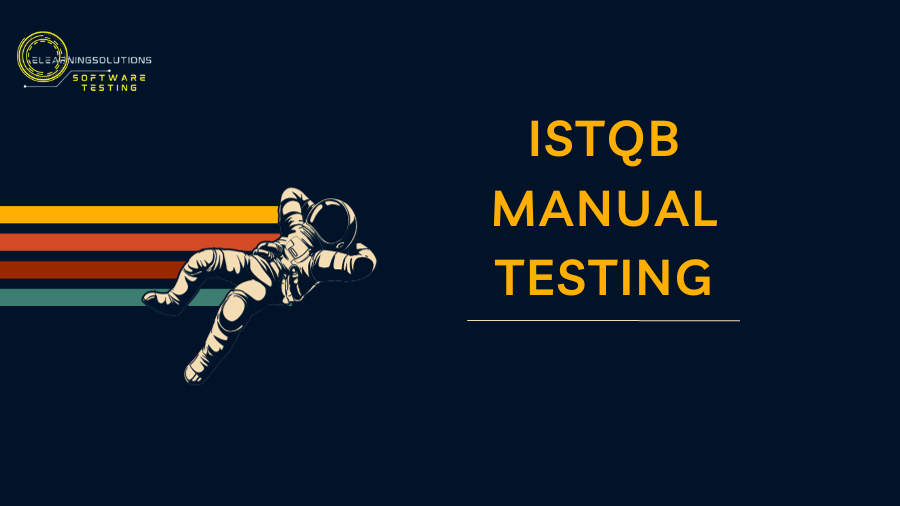Introduction: ISTQB manual testing
The International Software Testing Qualifications Board (ISTQB) is a globally recognized organization that offers certification programs for software testing professionals. Among its certifications, the ISTQB Certified Tester – Foundation Level, commonly known as ISTQB CTFL, is a foundational qualification that serves as a benchmark for manual testing expertise. In this blog, we’ll explore the world of ISTQB manual testing and why it’s crucial in ensuring the quality of software applications.
ISTQB and Manual Testing: The Basics
ISTQB, as an organization, focuses on enhancing the quality of software testing through a standardized and internationally recognized certification program. The ISTQB CTFL certification, in particular, is designed to establish a common vocabulary and understanding among software testing professionals.
Manual testing, which is a vital part of the ISTQB CTFL curriculum, involves testers executing test cases without the use of automation tools. This type of testing relies on human judgment, intuition, and expertise to evaluate the software’s functionality and ensure it meets the intended requirements.
The Significance of ISTQB Manual Testing
- Establishing a Solid Foundation: ISTQB CTFL manual testings certification provides professionals with a solid foundation in testings principles, techniques, and best practices. This knowledge is invaluable for individuals entering the field of software testing.
- Ensuring Quality: Manual testing is crucial for ensuring the quality of software products. It helps identify issues that automated testing might overlook, such as usability, visual defects, and exploratory testing.
- Industry Recognition: ISTQB certifications are widely recognized in the software testing industry, making it a valuable addition to a tester’s resume. It provides credibility and demonstrates a commitment to best practices.
Key Concepts in ISTQB Manual Testing
To understand ISTQB manual testings, it’s essential to be familiar with the following key concepts:
- Test Levels: ISTQB distinguishes between various levels of testing, such as unit testing, integration testing, system testing, and acceptance testing. Manual testing is applicable at all these levels.
- Test Techniques: The ISTQB CTFL program covers a range of manual testing techniques, including black-box testing, white-box testings, boundary value analysis, equivalence partitioning, and more.
- Test Design: Manual testers learn how to create test cases, define test data, and develop test scenarios to ensure comprehensive test coverage.
- Test Execution: Test execution involves running test cases, recording results, and reporting defects. Manual testers are required to perform these tasks with precision.
- Defect Management: Testers learn how to identify, report, and manage defects effectively, ensuring that issues are addressed promptly in the development process.
The ISTQB CTFL Exam
The ISTQB CTFL exam consists of multiple-choice questions that evaluate a candidate’s knowledge of manual testings principles and practices. To pass the exam and obtain the certification, candidates must demonstrate proficiency in a variety of topics, including the fundamentals of testing, testing techniques, test management, and test tools.
Conclusion
The ISTQB CTFL certification in manual testing is an essential stepping stone for anyone pursuing a career in software testing. It equips professionals with the knowledge and skills necessary to excel in manual testing, ensuring the delivery of high-quality software products. ISTQB manual testings principles, when applied effectively, can help identify defects, improve software reliability, and enhance the overall user experience. As the software testing landscape continues to evolve, the ISTQB CTFL certification remains a valuable asset for those committed to building quality through expertise.

